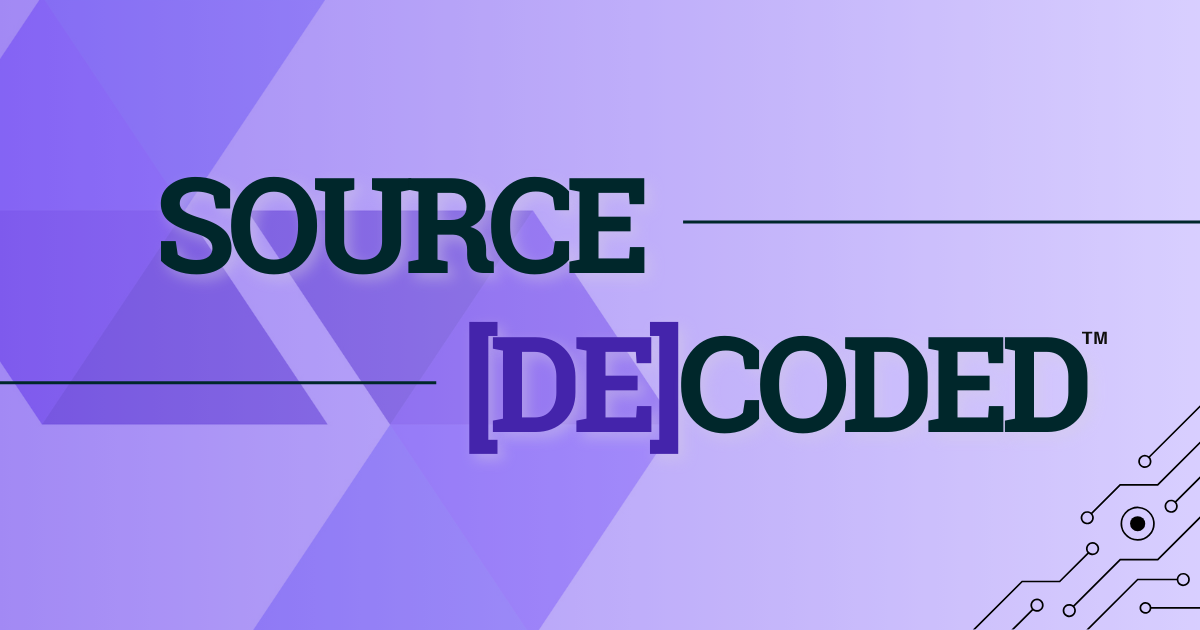Hey all! We hope you all had a nice Easter weekend.
From our side, we recently spent an awesome week on the trade show floor in Vegas with TouchTunes for Amusement Expo, and after a HUGE account win, we’re hiring like crazy. Did you love working with someone…or maybe you are that person? Reach out!
We have some good stuff for you this week. We spent some time thinking about influencer marketing for the B2B space, the future potential TikTok ban, and how PNC bank has taken a creative approach in their latest campaign.
Enjoy and we’ll catch up soon!
Best,
Greg & Becky
Find value in collabs: Influencer marketing isn’t just for DTC brands anymore
TL;DR: More and more B2B brands are taking advantage of the value of influencer marketing, covering niche areas from healthcare to SaaS brands. Creator agencies have seen a 25% YoY increase in B2B brands inquiring about influencer marketing due to brands “becoming aware of the fact that a business person doesn’t just consume business content” and a growth in more workplace-focused creators.
Takeaway: While influencer marketing might not be the first strategy B2B brands think of, there is a clear potential value in using this approach to meet your customers where they are, outside of just a business context. Plus, there’s the benefit of getting engaging, creative content without having to rely solely on in-house resources. This can add a layer of extra productivity and innovation to your campaigns. More so, we’re living in a time where influencers can be extremely niche—meaning you might find a creator that deeply resonates with your target audience (for example, a software engineer creator talking about optimization software). Finding this ideal influencer can create a synergy that results in more conversions, more brand affinity, and better use of your ad spend.
Consider:
- How can you work an influencer partnership into an upcoming campaign or content peak?
- What type of influencer would you ideally want to talk about your product?
Diversify your content mix: How the potential TikTok ban could impact businessBrand advocacy over advertising: Take a note from Tesla and GoPro

TL;DR: If you’ve looked through marketing news in the last few weeks, you’ve probably been inundated with articles and opinions on the potential TikTok ban in the United States. Long story short, the U.S. House passed a bill two weeks ago that would require TikTok’s parent company ByteDance to sell its stake in the platform or face a nationwide ban. The bill still needs to pass through the Senate, so the future of TikTok is still TBD. But brands who rely on TikTok are getting worried about a world without the generous promotional help of the app.
Takeaway:Anytime there’s a shakeup in the world of marketing (which feels increasingly frequent these days), there’s a general phrase people like to throw around: don’t build on borrowed land. Now, that’s just an unrealistic premise for marketers who thrive on going where the people are, forced to rely on the powers of platform algorithms. But the one way to navigate around this is by diversifying the mix of platforms where you share your content. Don’t just rely on going viral on TikTok – resurface that content on Instagram Reels, turn it into a written piece of content on your blog or newsletter, or keep the camera rolling and make it into long-form YouTube videos. By planting multiple seeds across each platform, you’re able to lean into the benefits each network provides while never solely relying on one (in case we do lose a whole platform).
Consider:
- Are you leaning on one sole platform for all of your content? What would happen if that platform was gone tomorrow?
- Can you repurpose any of your existing content onto other platforms or mediums?
Embrace public opinion: PNC prides itself on being called ‘boring’
TL;DR: It’s no secret that certain industries are just… less flashy than others. Instead of trying to be something they’re not, PNC just launched a new ad campaign in which they embrace the label of being a ‘boring’ banking company. As the ad mentions, you don’t want your banking company to be reckless or crazy—boring is safe, responsible, and caring. The contrarian approach is a unique way to address public perception without negativity.
Takeaway: The classic approach to marketing has been about perfecting your image, crafting a strategic brand persona, and maintaining that narrative. While there’s still value in that, society has caught on to promotional tactics, and brands have struggled to stand out in the growing market. We’ve seen the emergence of trends like de-influencing, anti-consumerism, and plain old roasts of brands and people. The general message? Don’t take yourself too seriously. Brands have to tread a fine line between not appearing too polished but also not being too cringe. Starting with how the public is talking about you and embracing whatever that means (in an authentic way) can help you get ahead of the conversations to create a more relatable, more modern brand.
Consider:
- What are audiences saying about your brand?
- Can you embrace something that people might typically view as negative and turn it on its head? (i.e. a banking brand being ‘boring’ is actually exactly what they should be.)



